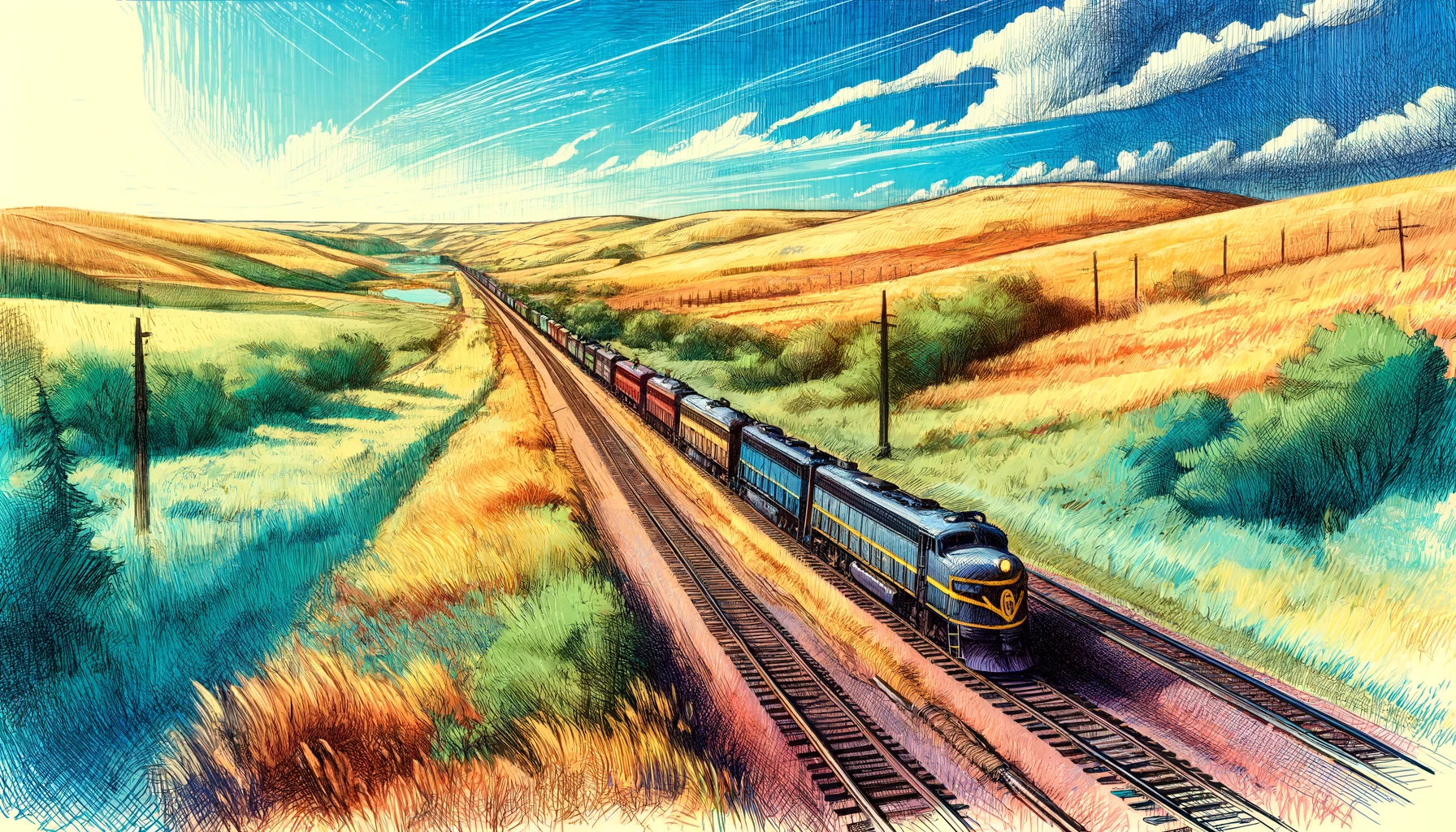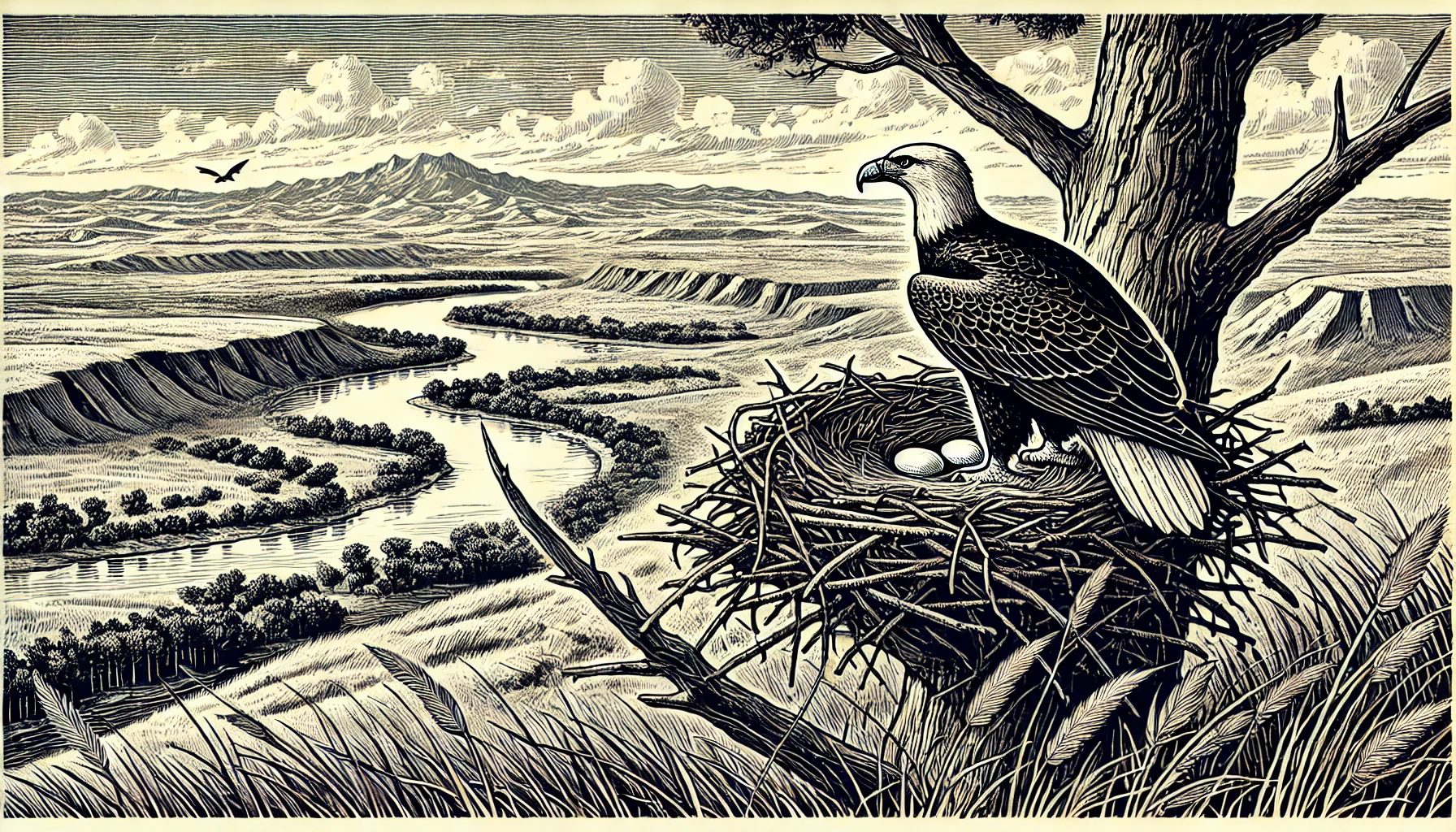Agricultural Settlements in Nebraska History

Traveling through Nebraska, one of the Great Plains states in the United States, it is hard to ignore the rich history that surrounds the agricultural settlements that form the backbone of this region's economy and culture. The story of agricultural settlement in Nebraska is a complex interplay of government policies, technological advancements, and natural resource management. In this article, we will delve into the fascinating story of how these early settlements shaped the state's history and development.
One of the earliest and most significant events that led to the establishment of agricultural settlements in Nebraska was the Homestead Act of 1862, a federal law that granted 160 acres of land to settlers who were willing to live on it and farm it for five years. This Act, signed into law by President Abraham Lincoln, attracted a large number of settlers from the east coast and Europe to the Nebraska Plains. One of the most notable groups of early settlers were the Czech immigrants who established the town of Prague, located in Saunders County, about 50 miles northwest of Omaha. These settlers brought with them new farming techniques and crops, such as wheat and corn, which were well-suited to the Nebraska climate.
The construction of the transcontinental railroad, which passed through Omaha and Lincoln, also played a significant role in the growth and expansion of agricultural settlements in Nebraska. The railroad provided a much-needed transportation link that allowed farmers to market their products more easily and expanded access to markets and supply chains. This in turn encouraged the growth of new settlements and the expansion of existing ones. For example, the town of McCook, located in Red Willow County in southwestern Nebraska, was established as a railroad stop and became a major center for the marketing of livestock and grain.
As the agricultural settlements in Nebraska expanded, they faced significant challenges such as drought, soil erosion, and disease outbreaks, which posed significant threats to their livelihoods. However, these challenges also spurred innovation and the development of new technologies, such as irrigation systems and crop rotation techniques. One notable example is the development of the dryland farming technique by a group of farmers in Hitchcock County, located in southwestern Nebraska. This technique, which involves planting crops at a depth that allows them to tap into subsoil moisture, has become widely adopted in the Great Plains region.
The story of agricultural settlements in Nebraska is also closely tied to the Native American tribes that originally inhabited this region. The establishment of Indian reservations, such as the Ponca Reservation in northeastern Nebraska, and the federal policies that governed the relationship between the U.S. government and Native American tribes, had a profound impact on the development of agricultural settlements in the state. For example, the Dawes Act of 1887, which divided Indian land into small allotments that could be sold to non-Native Americans, opened up large tracts of land to settlers, leading to significant changes in land ownership patterns.
Despite the significant progress made in developing agricultural settlements in Nebraska, there were also significant social and environmental costs associated with this expansion. The loss of Native American land, the displacement of native wildlife, and the degradation of soil and water resources were just some of the negative consequences of this growth. However, the legacy of these early agricultural settlements continues to shape the state's economy and culture to this day.
In conclusion, the agricultural settlements of Nebraska are a testament to the ingenuity, hard work, and resilience of the state's early settlers. Their story is a fascinating and complex interplay of government policies, technological advancements, and natural resource management that sheds light on the ways in which the state's history and culture were shaped by the land and its people.
In recent years, there has been renewed interest in preserving the history and culture of these early agricultural settlements, through the establishment of heritage tourism attractions and the restoration of historic farmsteads. Visitors to the Nebraska History Museum in Lincoln can learn more about the state's early agricultural settlements and the impact they had on the state's history and development.
Agricultural settlements in Nebraska continue to evolve to this day, as farmers and ranchers adapt to changing climate, market and environmental conditions. While the legacy of the past continues to shape the present, it is the farmers and ranchers of today who are working to ensure that the agricultural settlements of Nebraska remain a viable and sustainable part of the state's economy and culture.
One of the earliest and most significant events that led to the establishment of agricultural settlements in Nebraska was the Homestead Act of 1862, a federal law that granted 160 acres of land to settlers who were willing to live on it and farm it for five years. This Act, signed into law by President Abraham Lincoln, attracted a large number of settlers from the east coast and Europe to the Nebraska Plains. One of the most notable groups of early settlers were the Czech immigrants who established the town of Prague, located in Saunders County, about 50 miles northwest of Omaha. These settlers brought with them new farming techniques and crops, such as wheat and corn, which were well-suited to the Nebraska climate.
The construction of the transcontinental railroad, which passed through Omaha and Lincoln, also played a significant role in the growth and expansion of agricultural settlements in Nebraska. The railroad provided a much-needed transportation link that allowed farmers to market their products more easily and expanded access to markets and supply chains. This in turn encouraged the growth of new settlements and the expansion of existing ones. For example, the town of McCook, located in Red Willow County in southwestern Nebraska, was established as a railroad stop and became a major center for the marketing of livestock and grain.
As the agricultural settlements in Nebraska expanded, they faced significant challenges such as drought, soil erosion, and disease outbreaks, which posed significant threats to their livelihoods. However, these challenges also spurred innovation and the development of new technologies, such as irrigation systems and crop rotation techniques. One notable example is the development of the dryland farming technique by a group of farmers in Hitchcock County, located in southwestern Nebraska. This technique, which involves planting crops at a depth that allows them to tap into subsoil moisture, has become widely adopted in the Great Plains region.
The story of agricultural settlements in Nebraska is also closely tied to the Native American tribes that originally inhabited this region. The establishment of Indian reservations, such as the Ponca Reservation in northeastern Nebraska, and the federal policies that governed the relationship between the U.S. government and Native American tribes, had a profound impact on the development of agricultural settlements in the state. For example, the Dawes Act of 1887, which divided Indian land into small allotments that could be sold to non-Native Americans, opened up large tracts of land to settlers, leading to significant changes in land ownership patterns.
Despite the significant progress made in developing agricultural settlements in Nebraska, there were also significant social and environmental costs associated with this expansion. The loss of Native American land, the displacement of native wildlife, and the degradation of soil and water resources were just some of the negative consequences of this growth. However, the legacy of these early agricultural settlements continues to shape the state's economy and culture to this day.
In conclusion, the agricultural settlements of Nebraska are a testament to the ingenuity, hard work, and resilience of the state's early settlers. Their story is a fascinating and complex interplay of government policies, technological advancements, and natural resource management that sheds light on the ways in which the state's history and culture were shaped by the land and its people.
In recent years, there has been renewed interest in preserving the history and culture of these early agricultural settlements, through the establishment of heritage tourism attractions and the restoration of historic farmsteads. Visitors to the Nebraska History Museum in Lincoln can learn more about the state's early agricultural settlements and the impact they had on the state's history and development.
Agricultural settlements in Nebraska continue to evolve to this day, as farmers and ranchers adapt to changing climate, market and environmental conditions. While the legacy of the past continues to shape the present, it is the farmers and ranchers of today who are working to ensure that the agricultural settlements of Nebraska remain a viable and sustainable part of the state's economy and culture.
